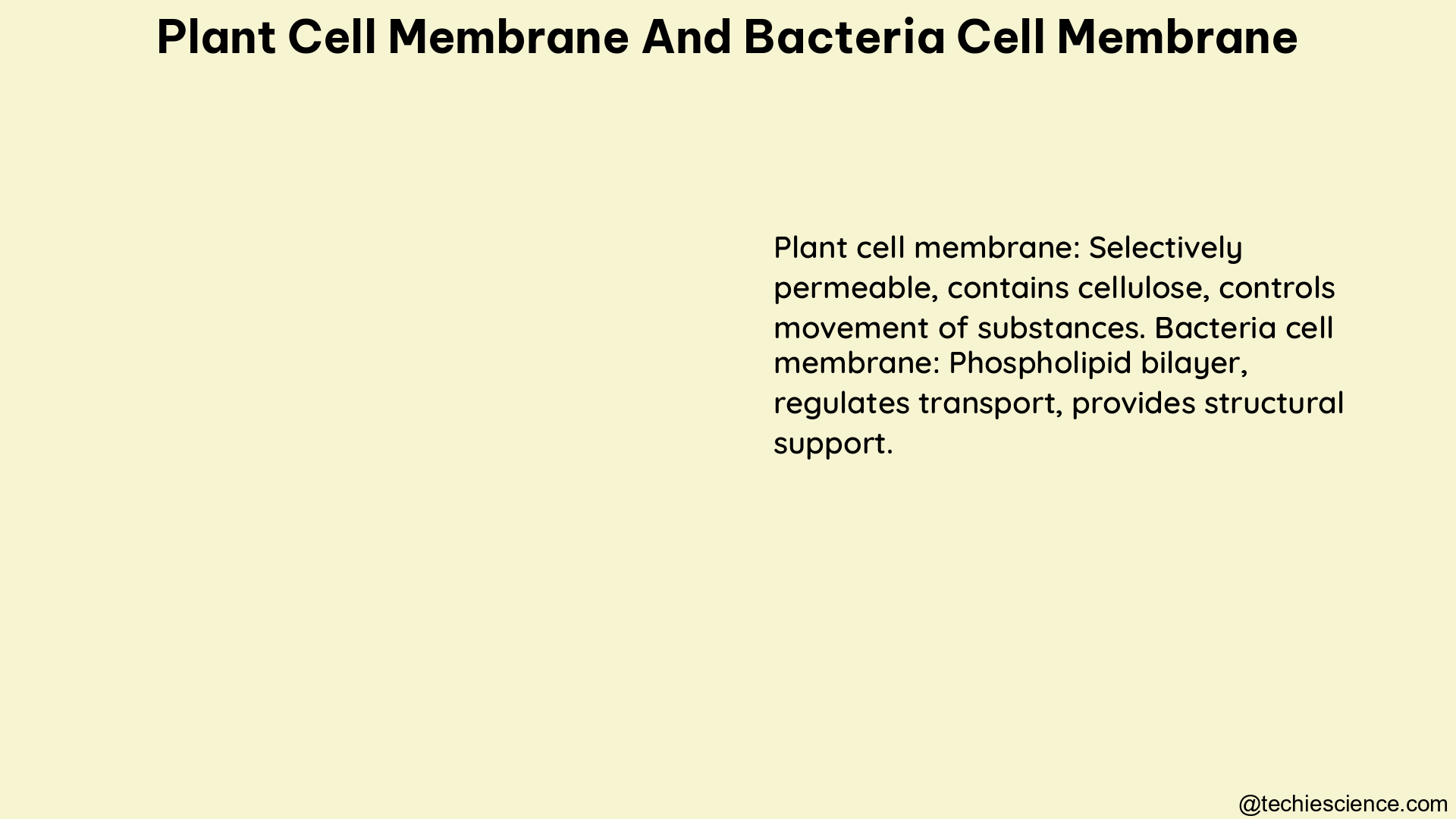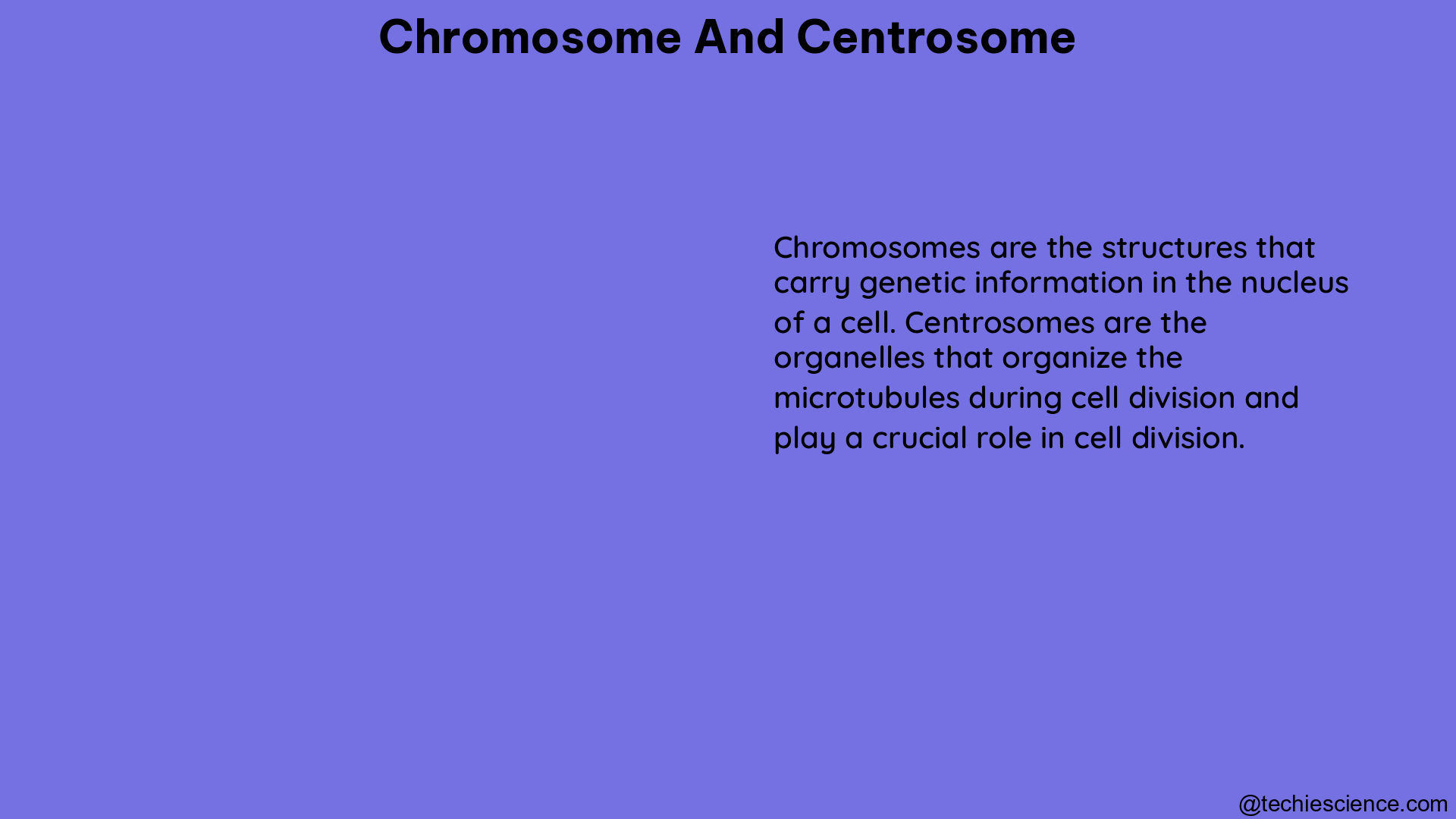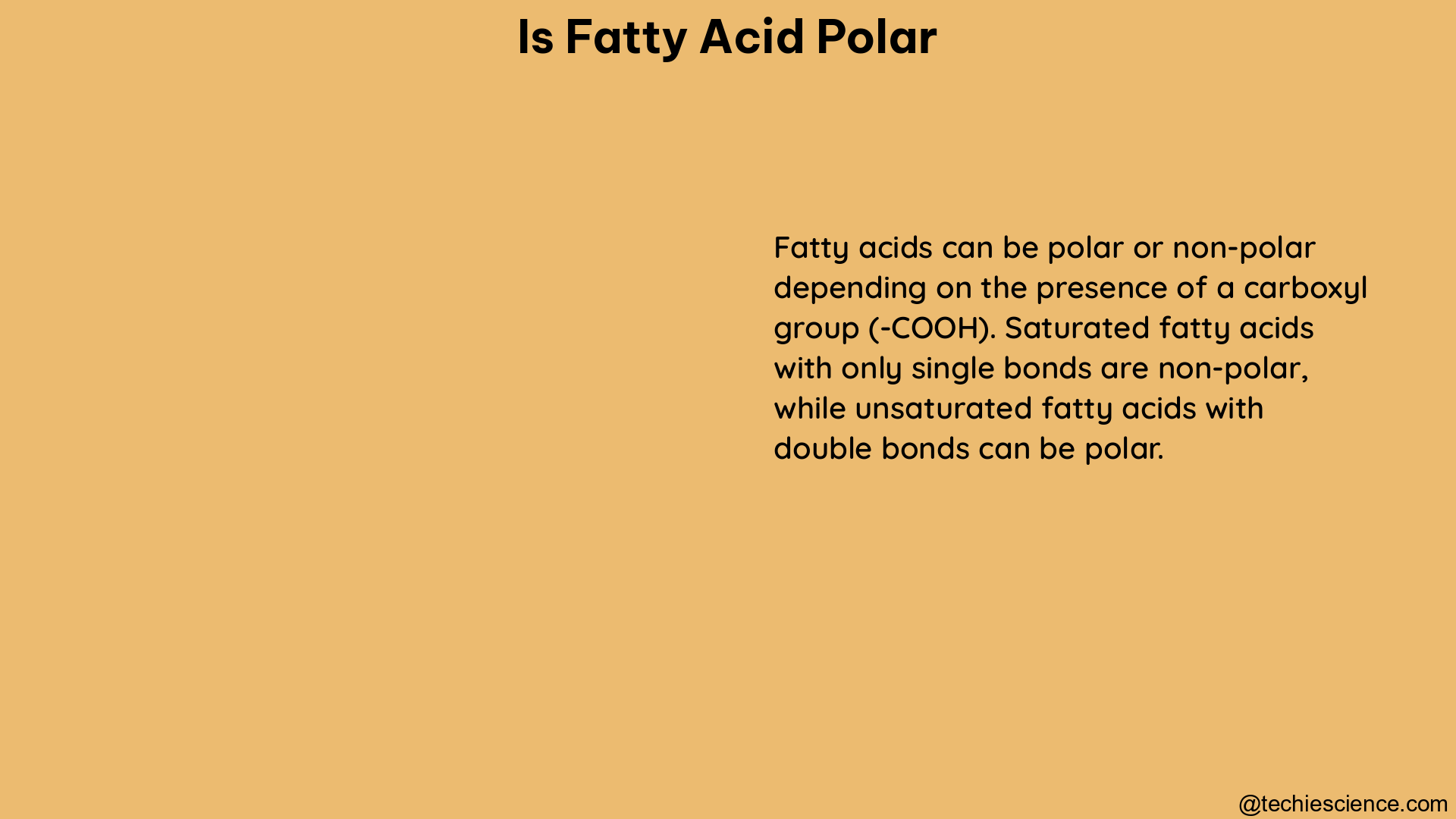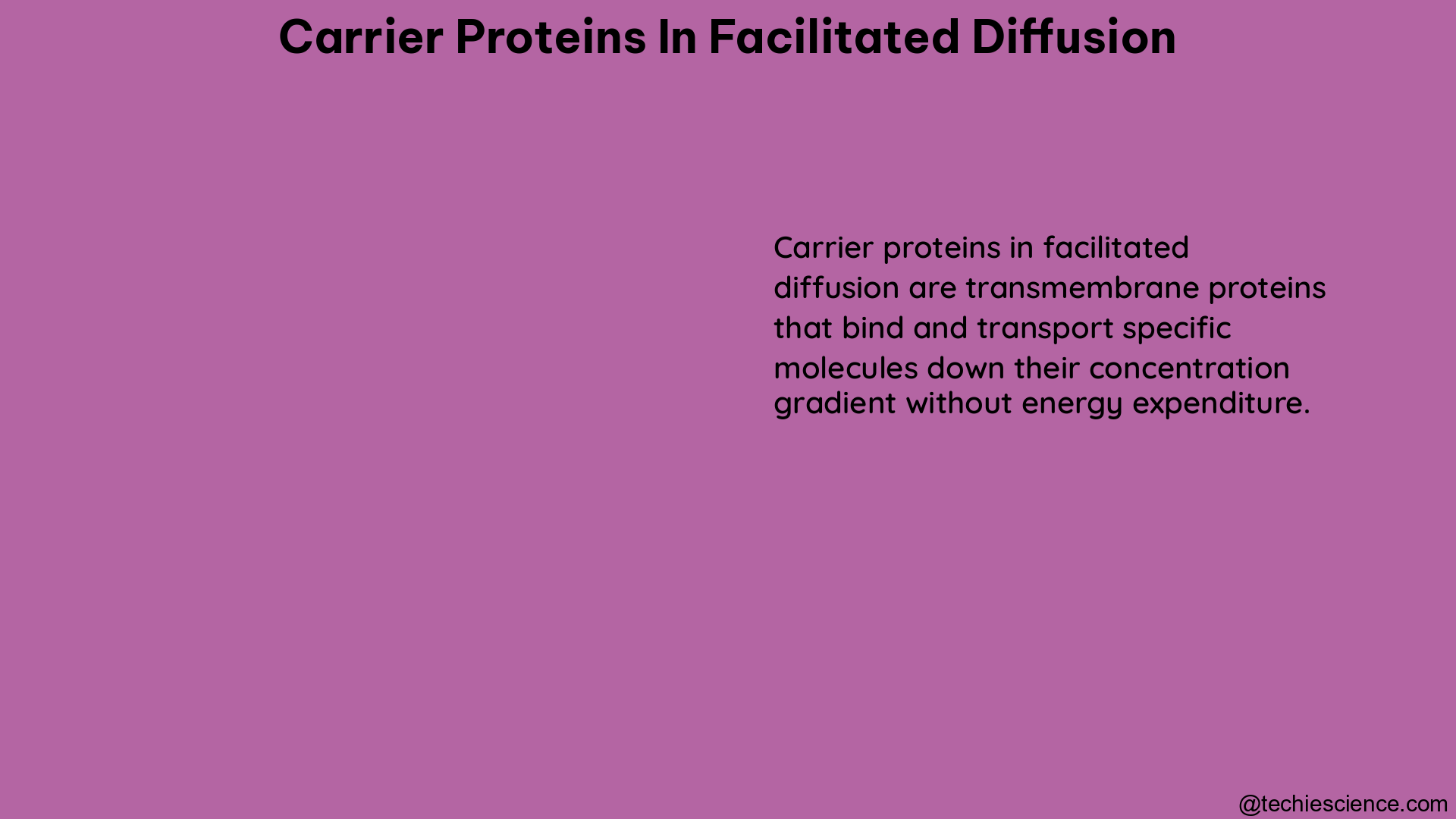Summary
Animals, like all living organisms, possess a wide array of enzymes that play crucial roles in various biological processes. These enzymes act as biological catalysts, accelerating chemical reactions within the body without being consumed in the process. Enzymes are typically globular proteins with a specific three-dimensional structure that determines their substrate specificity, allowing them to catalyze specific biochemical reactions.
The Importance of Enzymes in Animals

Enzymes are essential for the proper functioning of an animal’s metabolism. They control and regulate numerous metabolic pathways, facilitating the breakdown of complex molecules into simpler ones, as well as the synthesis of larger molecules from smaller building blocks. This enzymatic activity is vital for the efficient utilization of nutrients, energy production, and the maintenance of homeostasis within the animal’s body.
Enzyme Diversity in Animals
Animals possess a diverse array of enzymes, each with its unique function and specificity. Some examples of enzymes found in animals include:
- Digestive Enzymes: Enzymes like amylase, lipase, and protease, which are responsible for the breakdown of carbohydrates, fats, and proteins, respectively, in the digestive system.
- Metabolic Enzymes: Enzymes involved in energy production, such as those in the citric acid cycle and the electron transport chain, as well as enzymes that regulate the synthesis and breakdown of various biomolecules.
- Regulatory Enzymes: Enzymes that control the activity of other enzymes or signaling pathways, such as kinases and phosphatases.
- Antioxidant Enzymes: Enzymes like superoxide dismutase, catalase, and glutathione peroxidase, which protect cells from oxidative damage by neutralizing reactive oxygen species.
- Detoxification Enzymes: Enzymes that metabolize and eliminate various toxins and xenobiotics, such as cytochrome P450 enzymes.
Factors Affecting Enzyme Activity in Animals
The activity of enzymes in animals can be influenced by various environmental factors, including:
- Temperature: Enzymes typically function best within a specific temperature range, with their activity increasing as temperature rises until an optimal point, after which it begins to decline due to denaturation.
- pH: Enzymes have an optimal pH range in which they function most efficiently, and their activity can be significantly impaired at pH values outside this range.
- Substrate Concentration: The rate of an enzymatic reaction is directly proportional to the concentration of the substrate, up to a certain point where the enzyme becomes saturated.
- Enzyme Concentration: Increasing the concentration of the enzyme can increase the rate of the reaction, up to a point where other factors become limiting.
- Inhibitors and Activators: Certain molecules can bind to enzymes, either inhibiting or activating their activity, thereby modulating the rate of the reaction.
Experimental Design for Studying Enzyme Activity in Animals
When conducting experiments to investigate the factors affecting enzyme activity in animals, researchers must consider several key factors:
- Selecting the Enzyme and Substrate: Choosing an appropriate enzyme-substrate pair that is relevant to the research question and can be reliably measured.
- Measuring Enzyme Activity: Determining the most suitable method to quantify enzyme activity, such as measuring the rate of substrate disappearance or product formation.
- Controlling Variables: Identifying and controlling all relevant extraneous variables, including temperature, pH, and the presence of inhibitors or activators.
- Experimental Conditions: Ensuring that the experimental conditions, such as incubation time and enzyme-substrate ratios, are appropriate for the specific enzyme being studied.
- Data Analysis: Employing appropriate statistical methods to analyze the data and draw meaningful conclusions about the factors affecting enzyme activity.
By understanding the diversity of enzymes in animals, the factors that influence their activity, and the best practices for experimental design, researchers can gain valuable insights into the crucial role of enzymes in animal physiology and their potential applications in areas such as medicine, biotechnology, and environmental science.
References:
- Quantifying the taxonomic bias in enzymology – PMC – NCBI. https://www.ncbi.nlm.nih.gov/pmc/articles/PMC7980516/
- Topic 2.5: Enzymes – amazing world of science with mr. green. https://www.mrgscience.com/topic-25-enzymes.html
- Presenting Data – Graphs and Tables – Principles of Biology. https://openoregon.pressbooks.pub/mhccmajorsbio/chapter/presenting-data/
- BIOL 1011 Midterm Flashcards – Quizlet. https://quizlet.com/780691147/biol-1011-midterm-flash-cards/
- Chapter: 5 Categories of Scientific Evidence–Animal Data. https://nap.nationalacademies.org/read/10882/chapter/7








